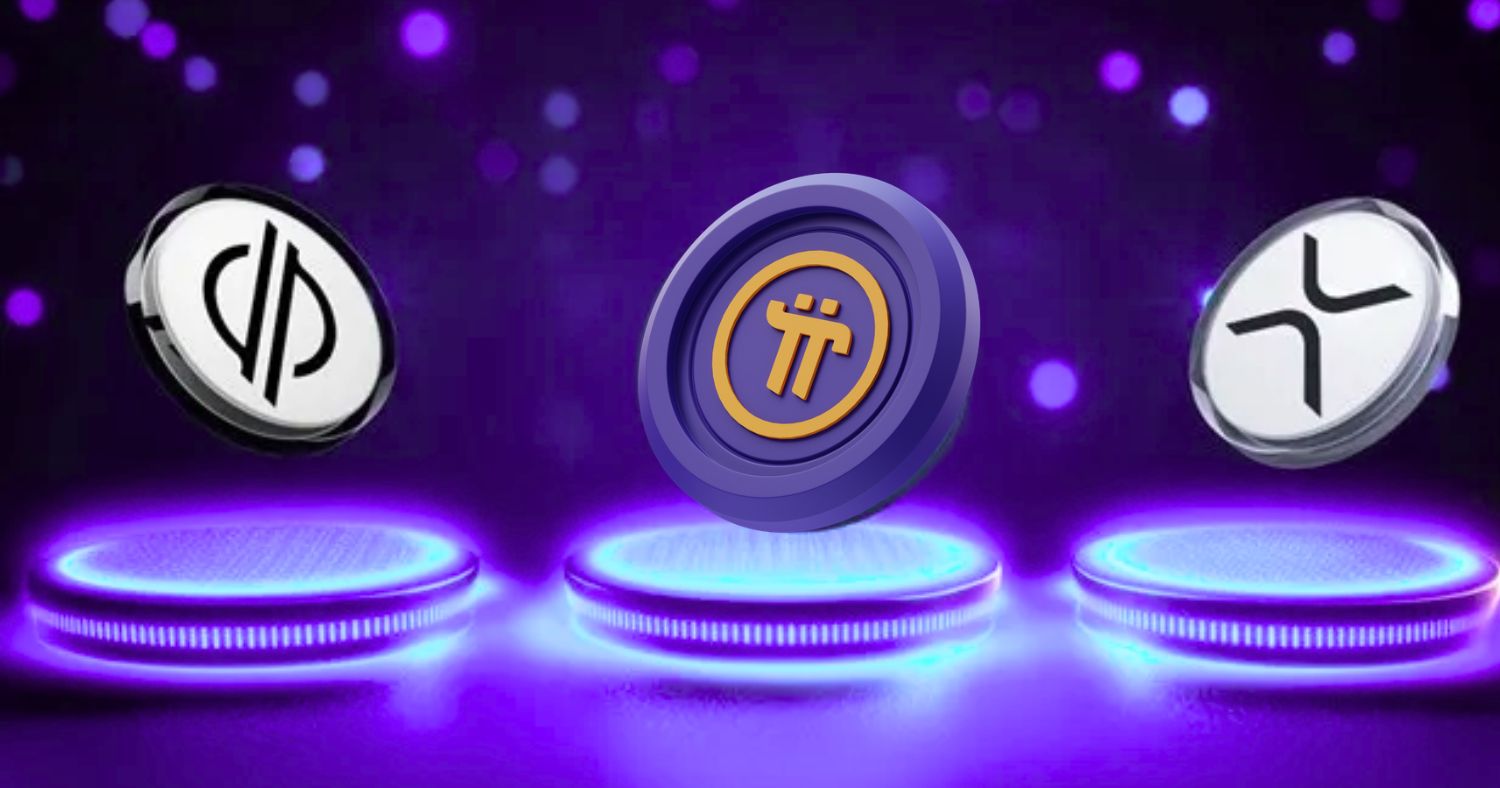In the dynamic and often fragmented world of digital assets, a curious phenomenon has emerged: a significant overlap in the investor base for XRP, Stellar Lumens (XLM), and the Pi Network. While their individual use cases and market positions vary, a deeper dive reveals a subtle yet persistent thread connecting these three cryptocurrencies, fostering a unique affinity among their proponents. This article explores the underlying factors driving this shared interest, from their foundational technologies to their overarching visions for financial inclusion.
A Shared Lineage in Consensus Technology
The foundational link between XRP and XLM is well-documented and begins with a shared architect: Jed McCaleb. After co-founding Ripple (the company behind XRP), McCaleb departed in 2014 to establish the Stellar Development Foundation, the organization overseeing XLM. This common genesis is reflected in their technological approaches.
While XRP Ledger utilizes the Ripple Protocol Consensus Algorithm (RPCA), Stellar employs the Stellar Consensus Protocol (SCP). Both systems eschew the energy-intensive Proof-of-Work (PoW) mechanism found in Bitcoin, instead opting for consensus models that prioritize speed, efficiency, and low transaction costs. This architectural philosophy allows for near-instantaneous settlements and minimal fees, making them highly suitable for cross-border payments—a primary focus for both XRP and XLM.
Intriguingly, the Pi Network, launched in 2019, further extends this technological lineage. Pi’s blockchain is built upon Stellar Core and fundamentally relies on the SCP for its core operations and major updates. This direct technological inheritance means that all three assets, in essence, derive from a shared conceptual blueprint for distributed ledger technology. As noted by a prominent Pi supporter, Dr. Altcoin, “To truly understand Pi Network, you must first understand Stellar. That’s because Pi Network’s blockchain is built on Stellar Core, and it relies on Stellar’s infrastructure for major blockchain updates.” The recent announcement of Stellar’s Protocol 23 update, for instance, is anticipated by many Pi enthusiasts to significantly impact the Pi ecosystem, potentially unlocking broader Web3 integrations.
To truly understand Pi Network, you must first understand Stellar.
— Dr Altcoin (@Dr_Picoin) August 5, 2025
That’s because Pi Network’s blockchain is built on Stellar Core, and it relies on Stellar’s infrastructure for major blockchain updates.
Recently, the Stellar Development Foundation announced the launch of smart…
Academic Roots and a Shared Vision
Beyond technical commonalities, a striking academic connection binds these projects. The leadership teams of Pi Network and Stellar share an alma mater: Stanford University. David Mazières, the computer scientist credited with designing the Stellar Consensus Protocol, is a Stanford professor, as are the three co-founders of Pi Network—Nicolas Kokkalis, Chengdiao Fan, and Vincent McPhillip. This shared intellectual environment may have fostered similar philosophical approaches to decentralized systems and financial innovation.
Furthermore, all three projects originate from the United States, positioning them within a regulatory landscape that, particularly in 2025, has seen improvements under the current administration. This “Made in the USA” aspect can offer a psychological advantage in the market, suggesting a degree of legitimacy and alignment with Western financial frameworks.
Crucially, XRP, XLM, and Pi Network are united by a common overarching goal: promoting global financial access and inclusion. While XRP and XLM primarily focus on revolutionizing low-cost, high-speed cross-border payments for institutions and individuals, Pi Network aims to democratize cryptocurrency access through mobile mining, making digital assets accessible to a wider, less technically sophisticated audience. Despite their differing methodologies, this shared emphasis on accessibility and breaking down traditional financial barriers resonates deeply with a particular segment of crypto investors.
Investor Dynamics and Market Realities
The confluence of shared technological underpinnings, academic heritage, geographical origins, and a unified vision for financial inclusion largely explains the strong interest Pi Network investors show in XRP and XLM. This has led to the informal grouping of these assets into a common investment “basket” within certain crypto communities.
However, it is important to note that this ideological and technical alignment has not always translated directly into synchronized market performance. While XRP and XLM have historically maintained a strong price correlation, a testament to their intertwined market perception, Pi Network’s token has experienced a significant decline in value. This divergence highlights that while shared characteristics can foster investor interest and community overlap, individual project execution, market conditions, and unique challenges ultimately dictate token performance.
In conclusion, the “hidden thread” connecting XRP, XLM, and Pi Network is a multifaceted tapestry woven from shared technological roots, academic backgrounds, and a collective commitment to decentralized financial accessibility. This intricate relationship continues to shape investor sentiment and market dynamics within this fascinating corner of the cryptocurrency ecosystem.
You might be interested in:




